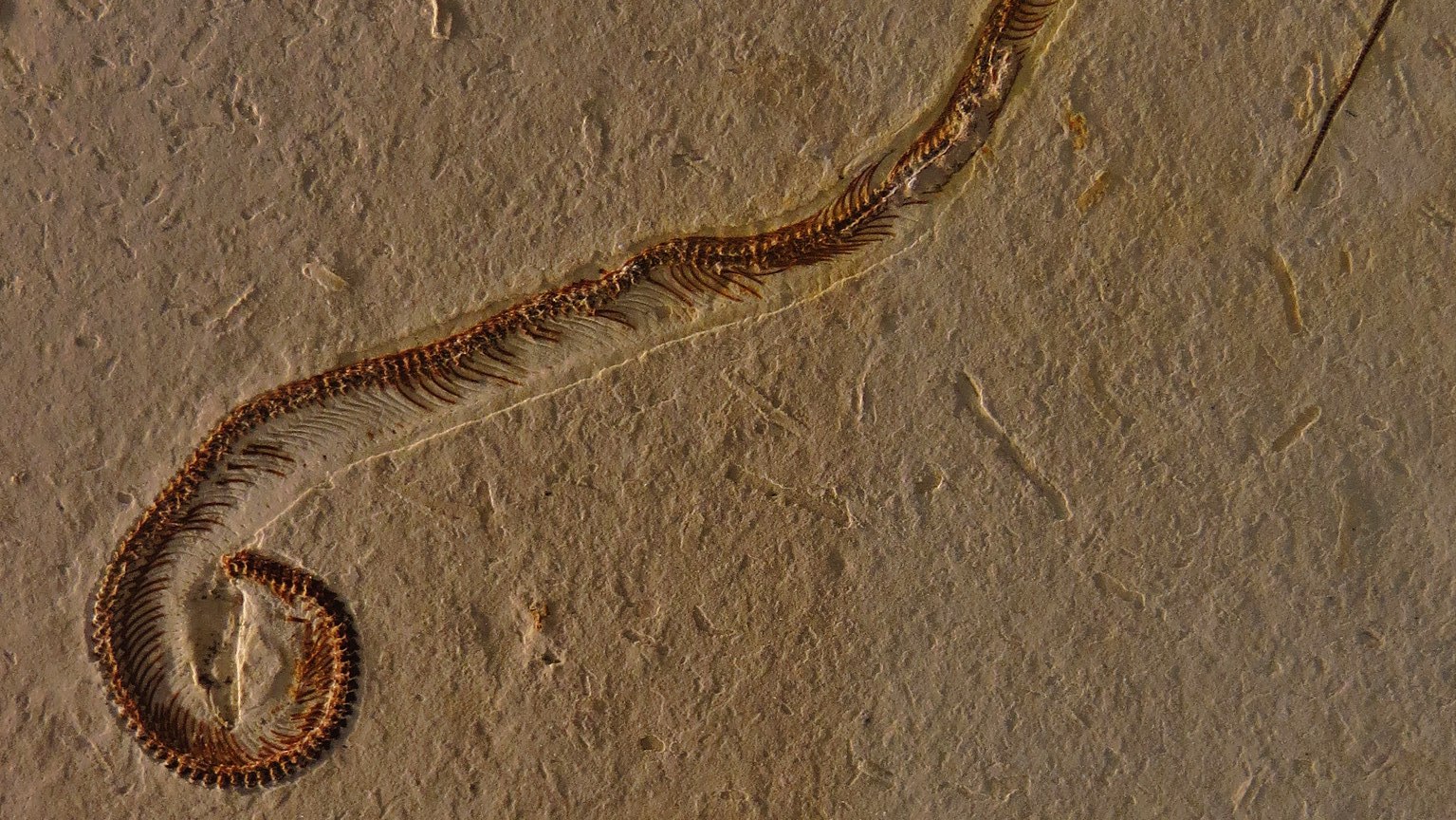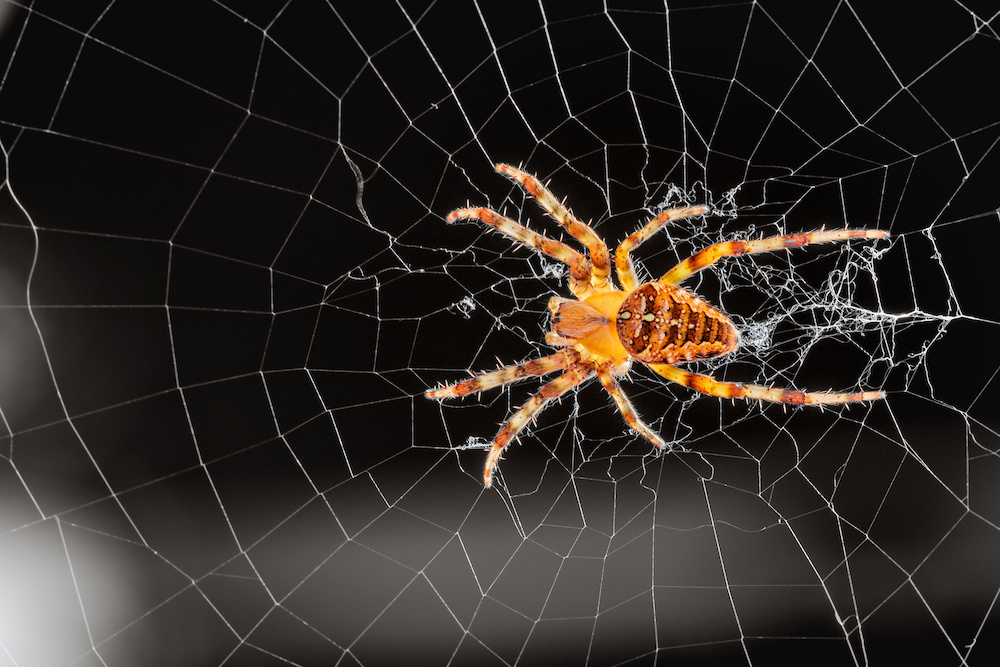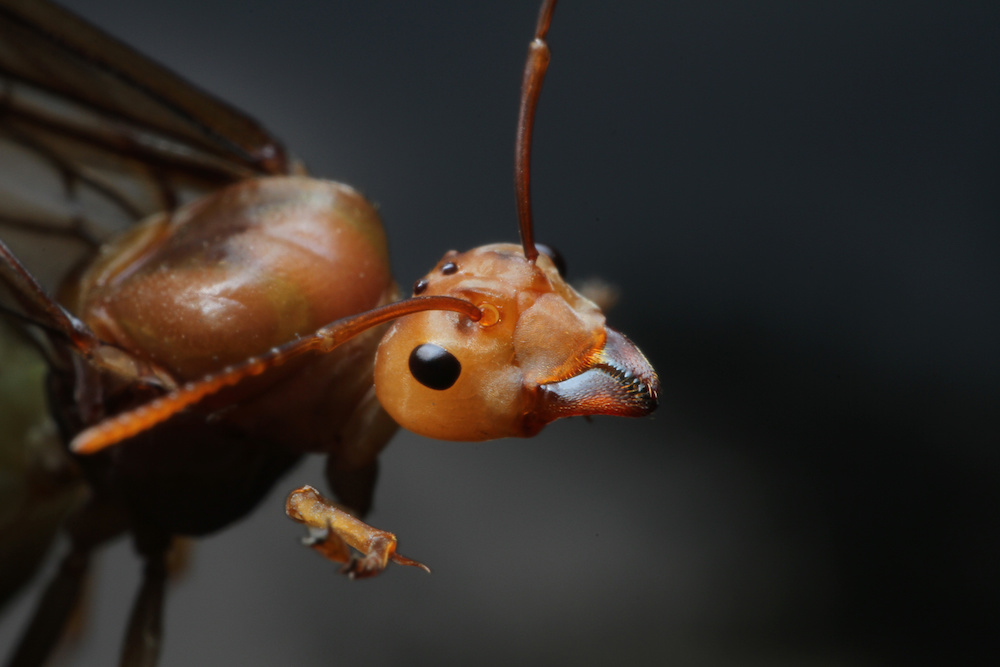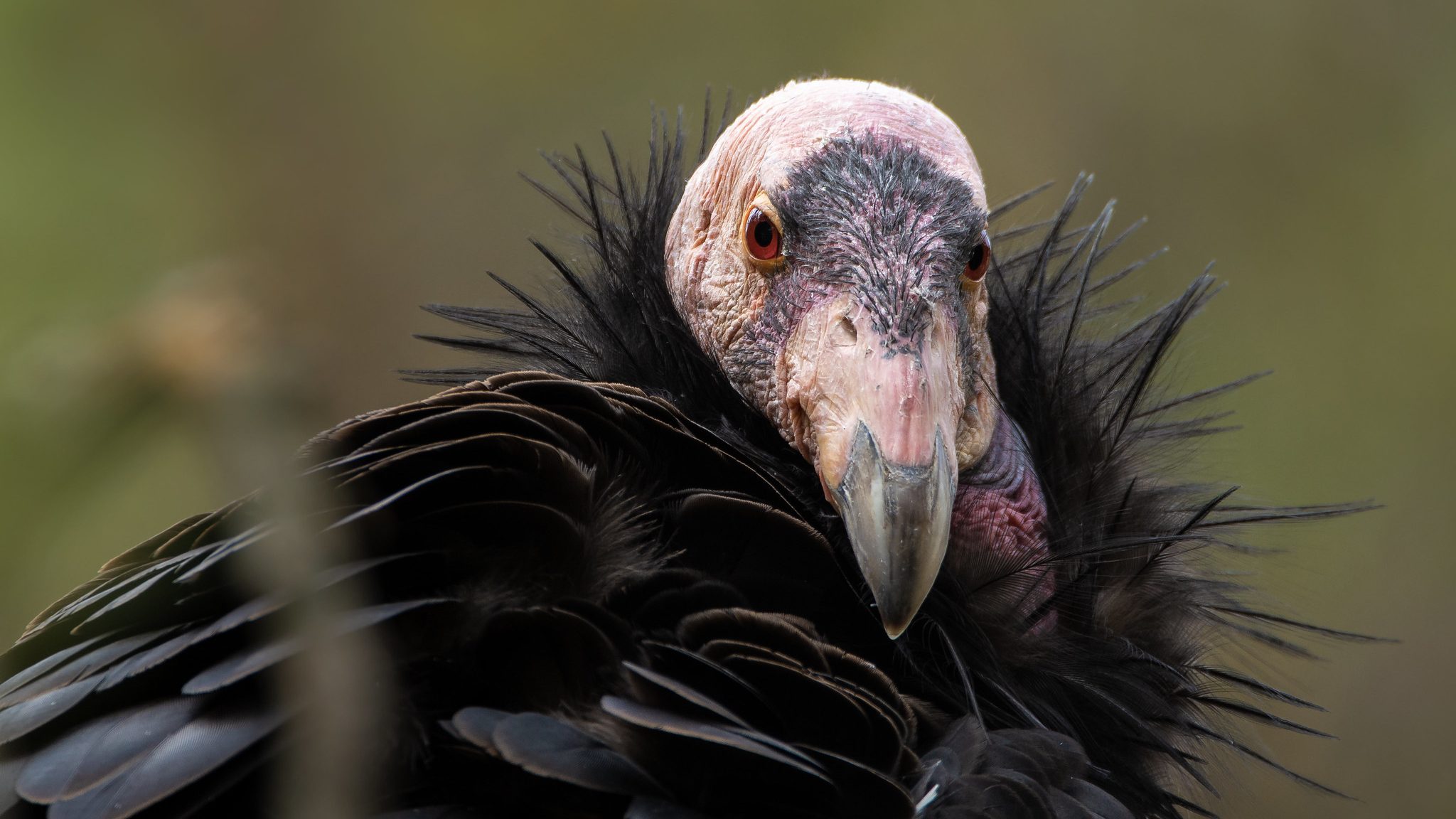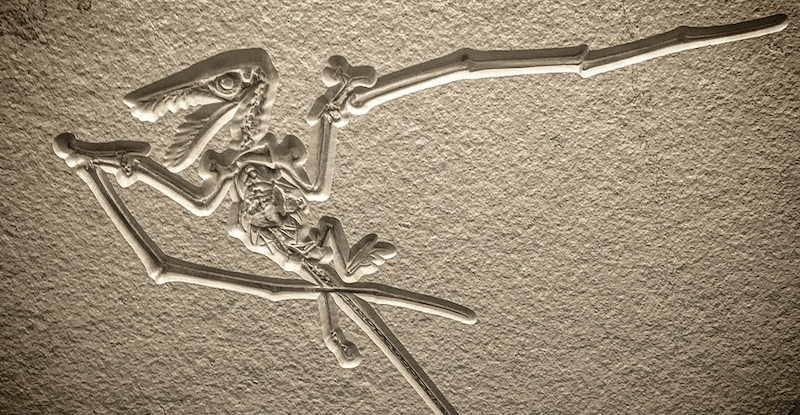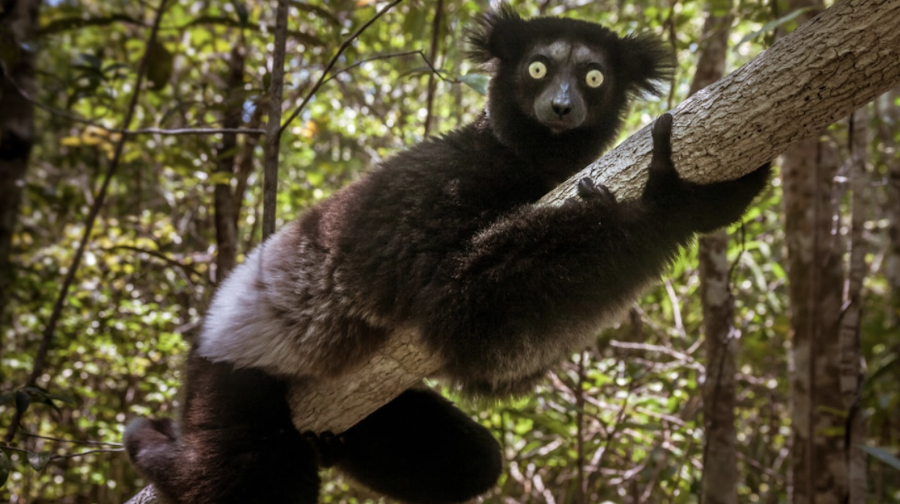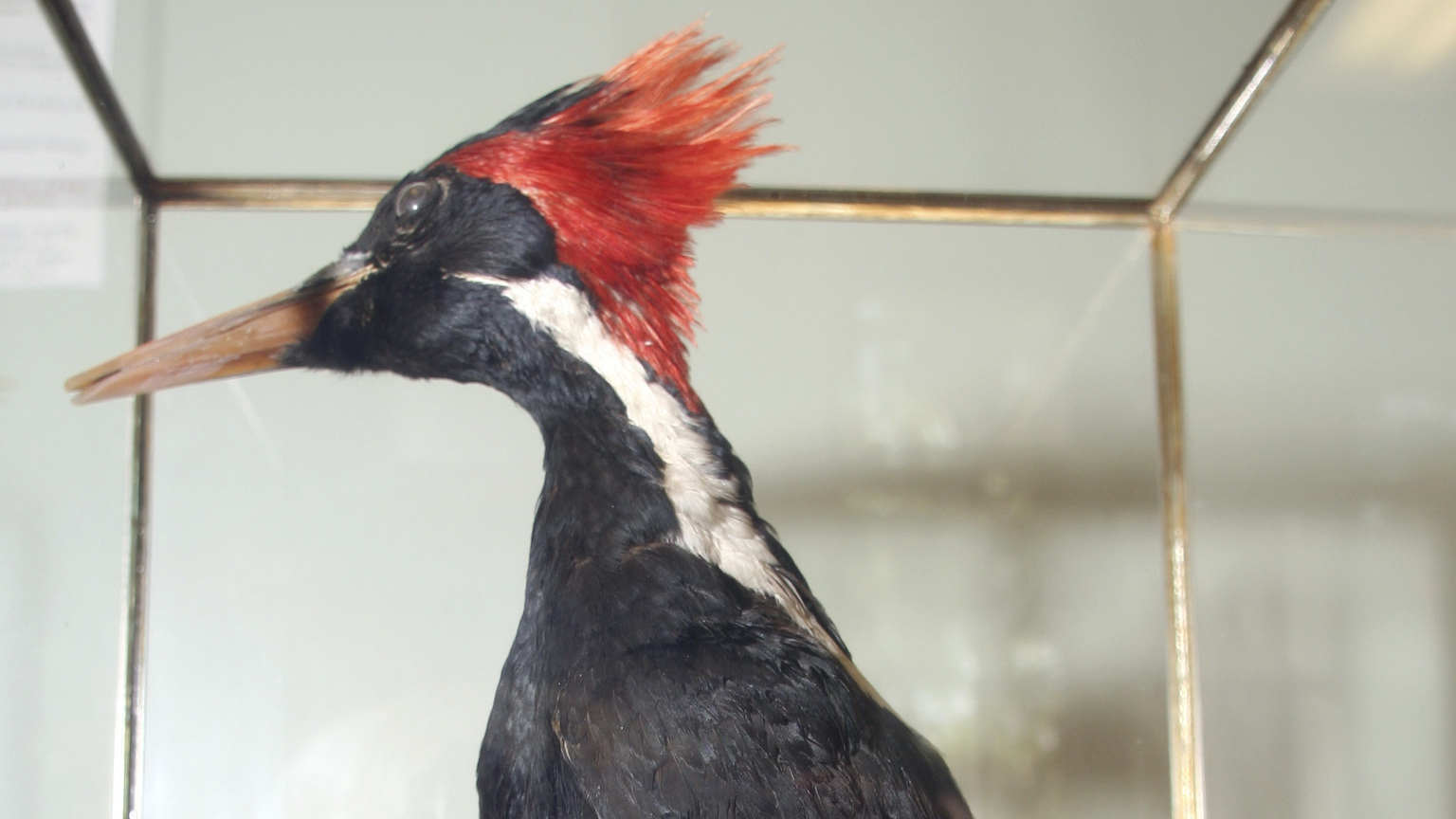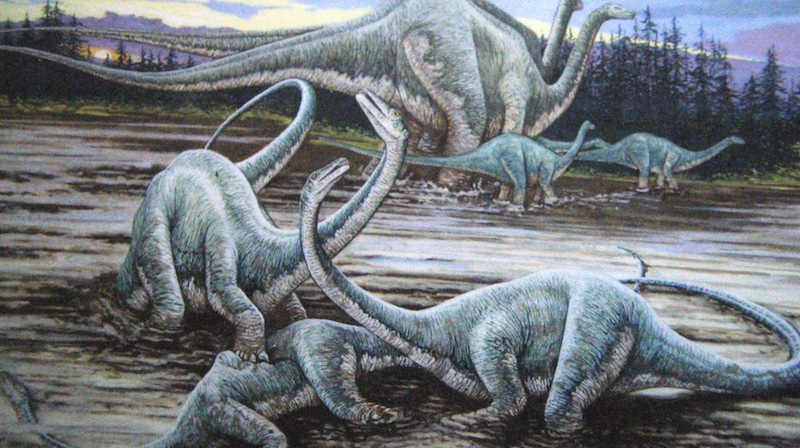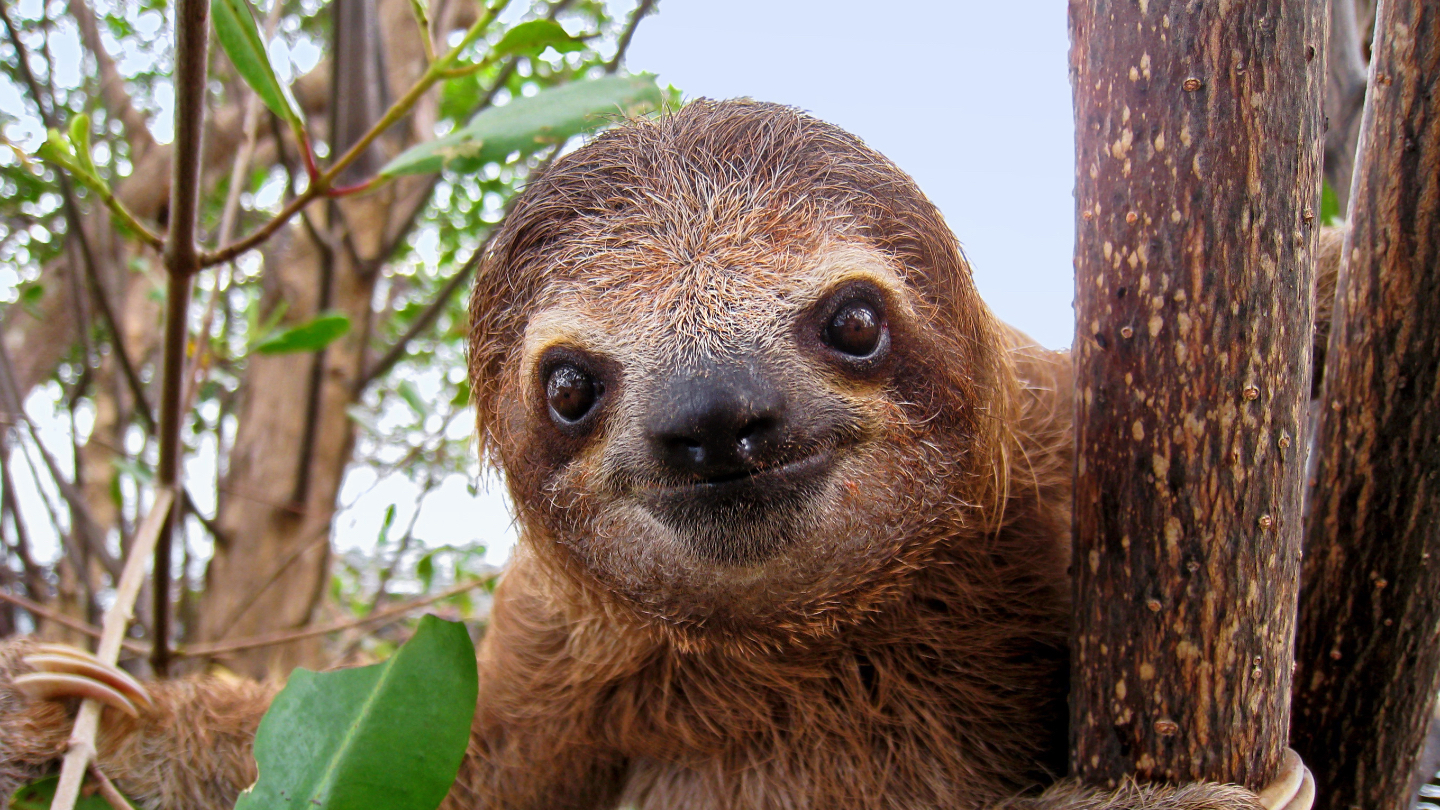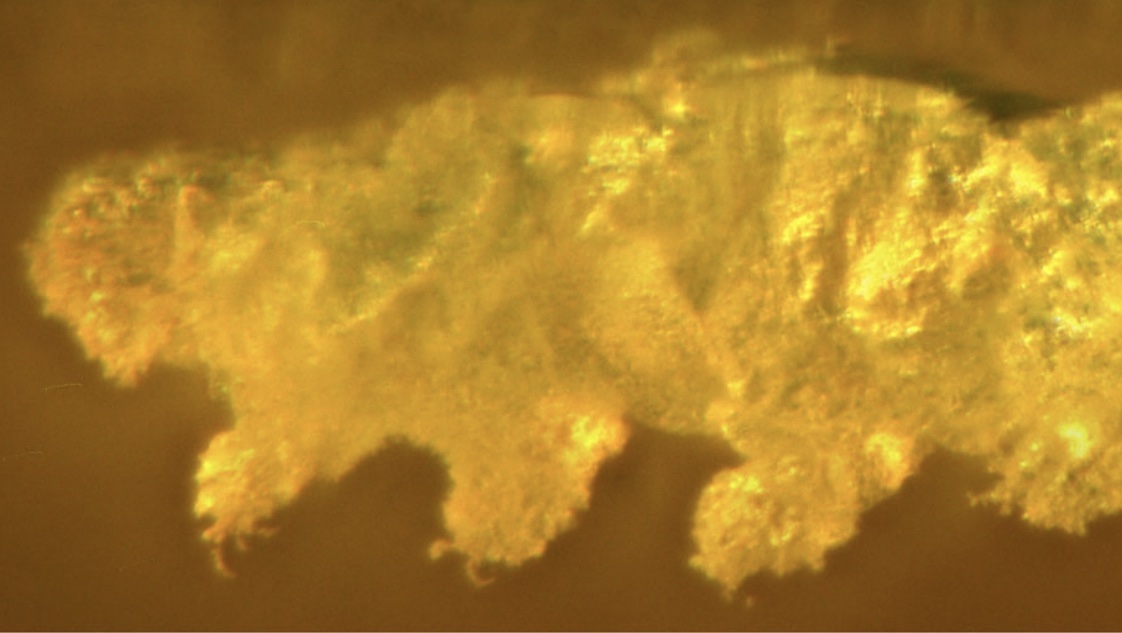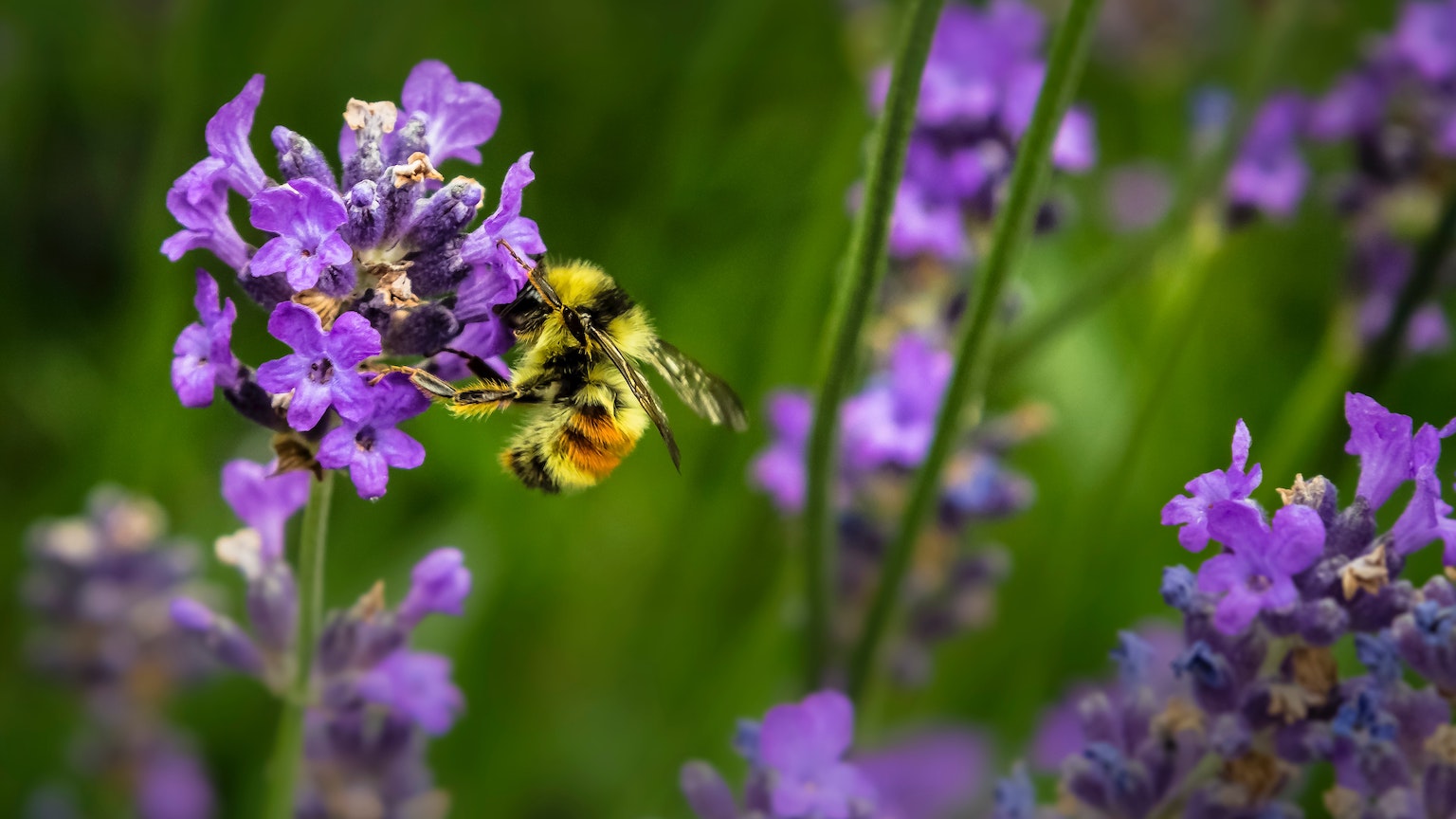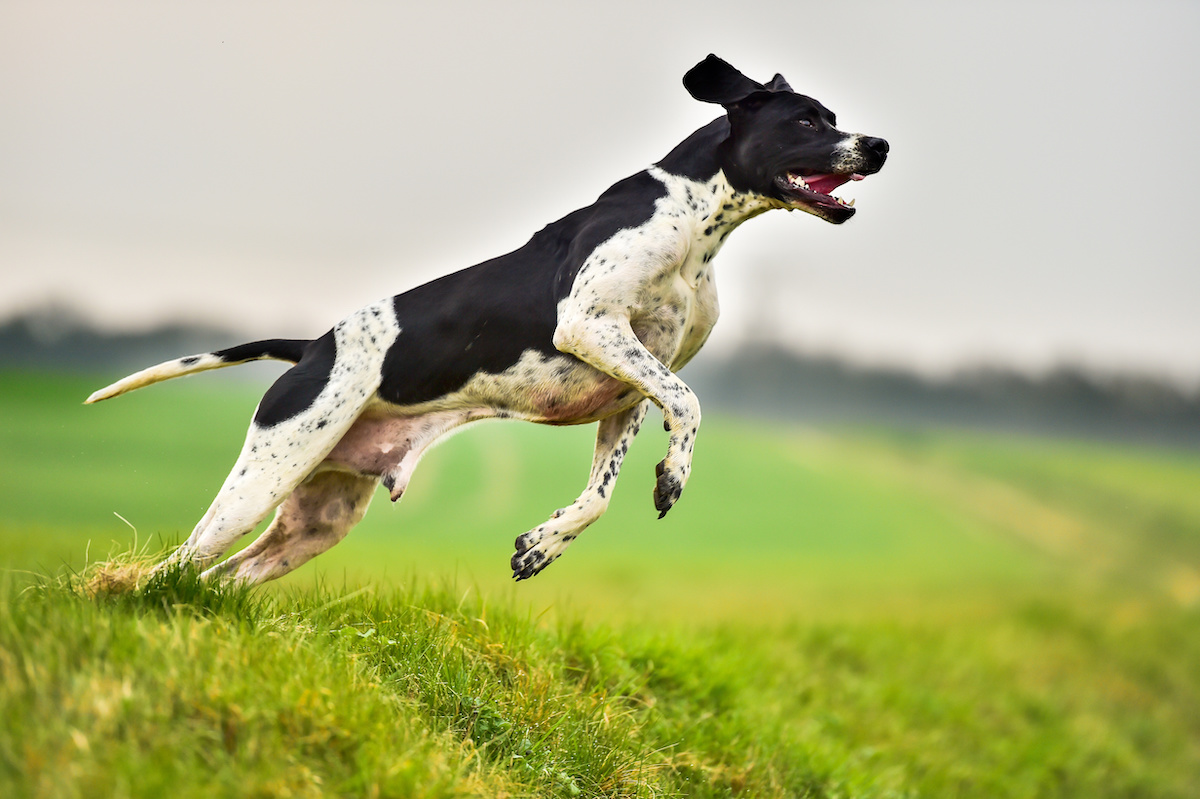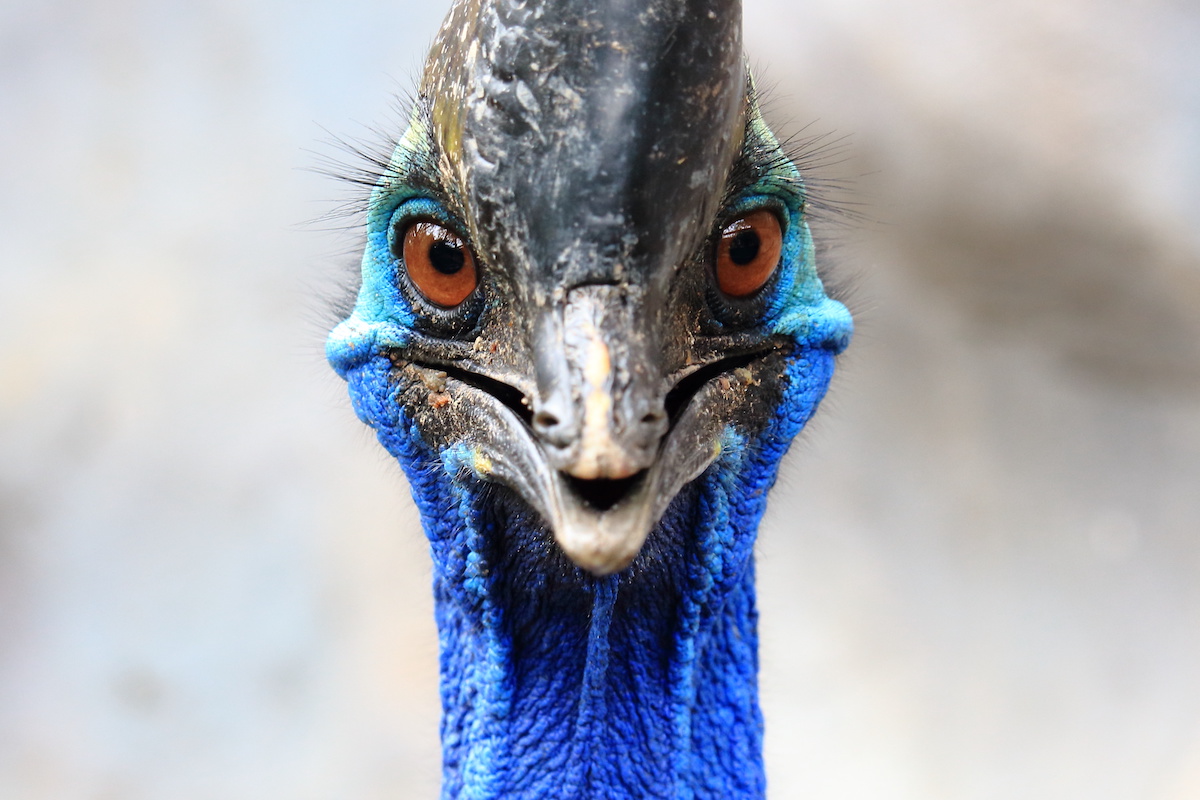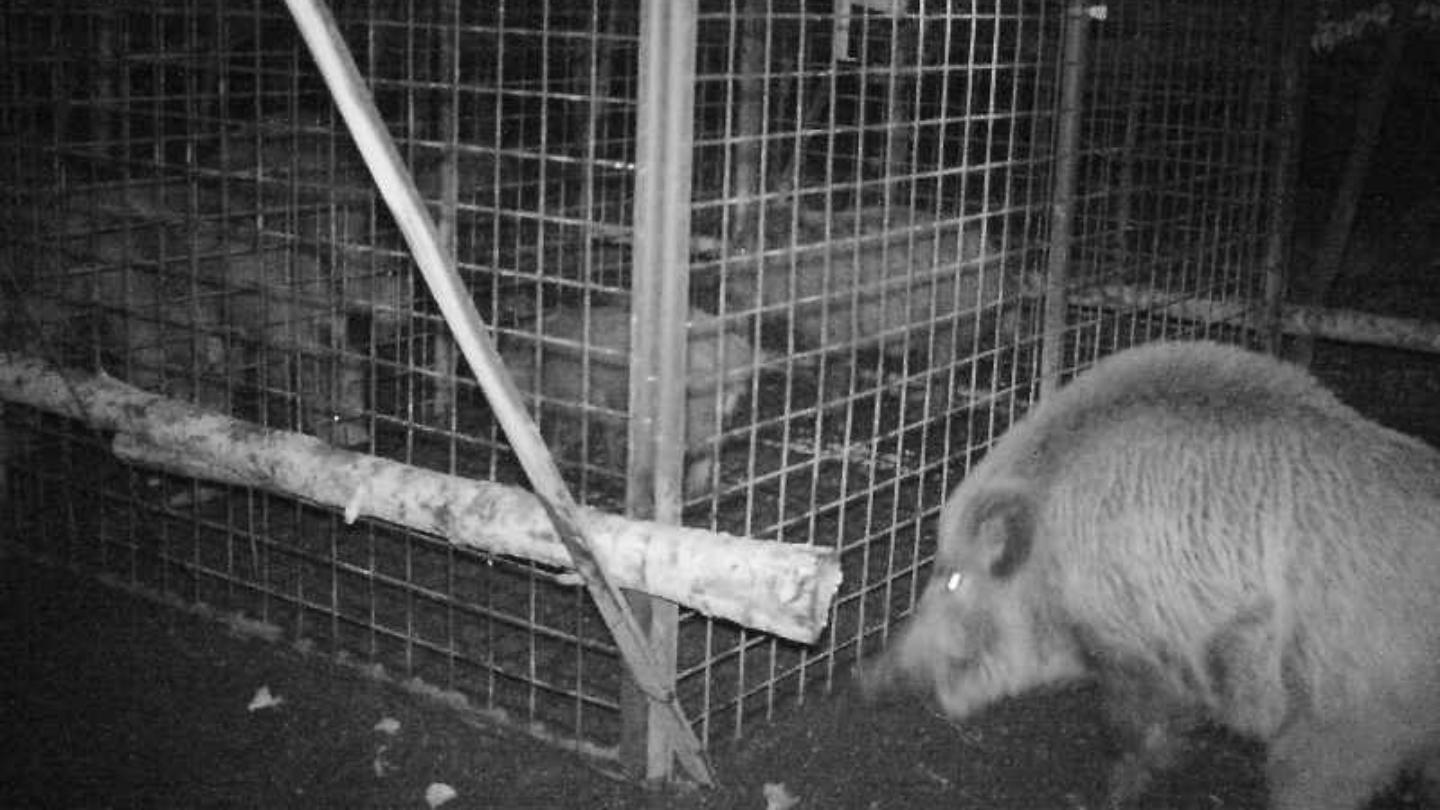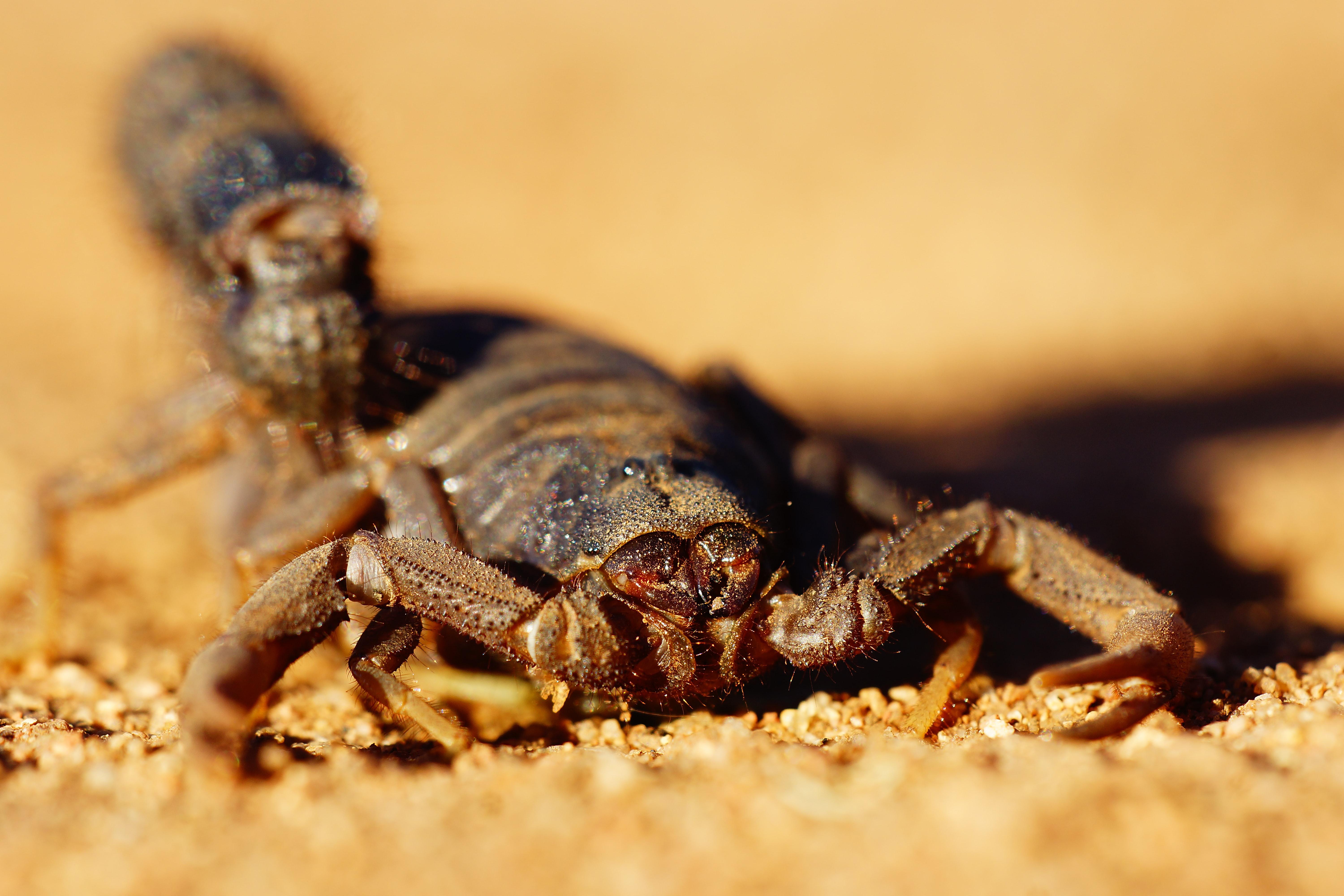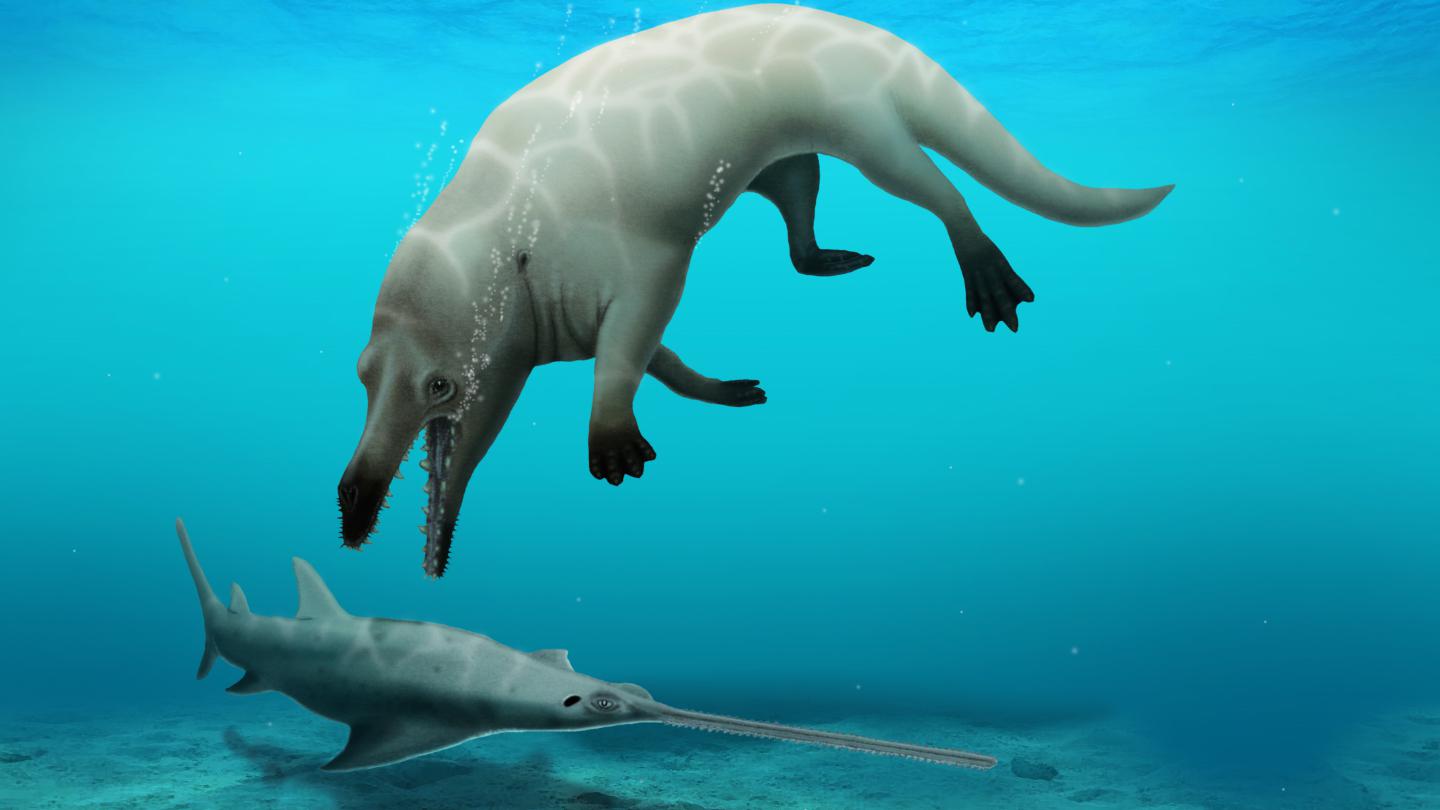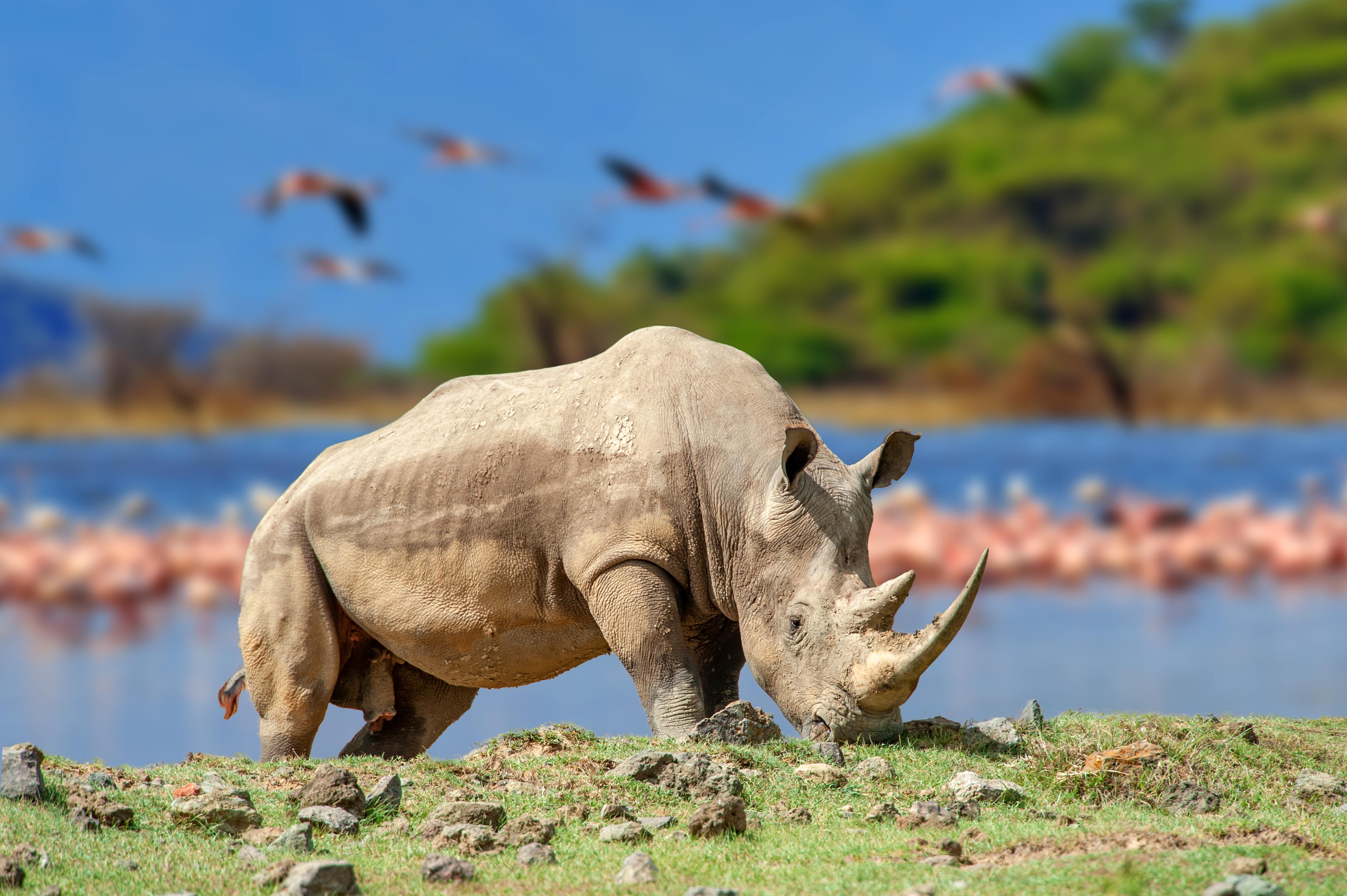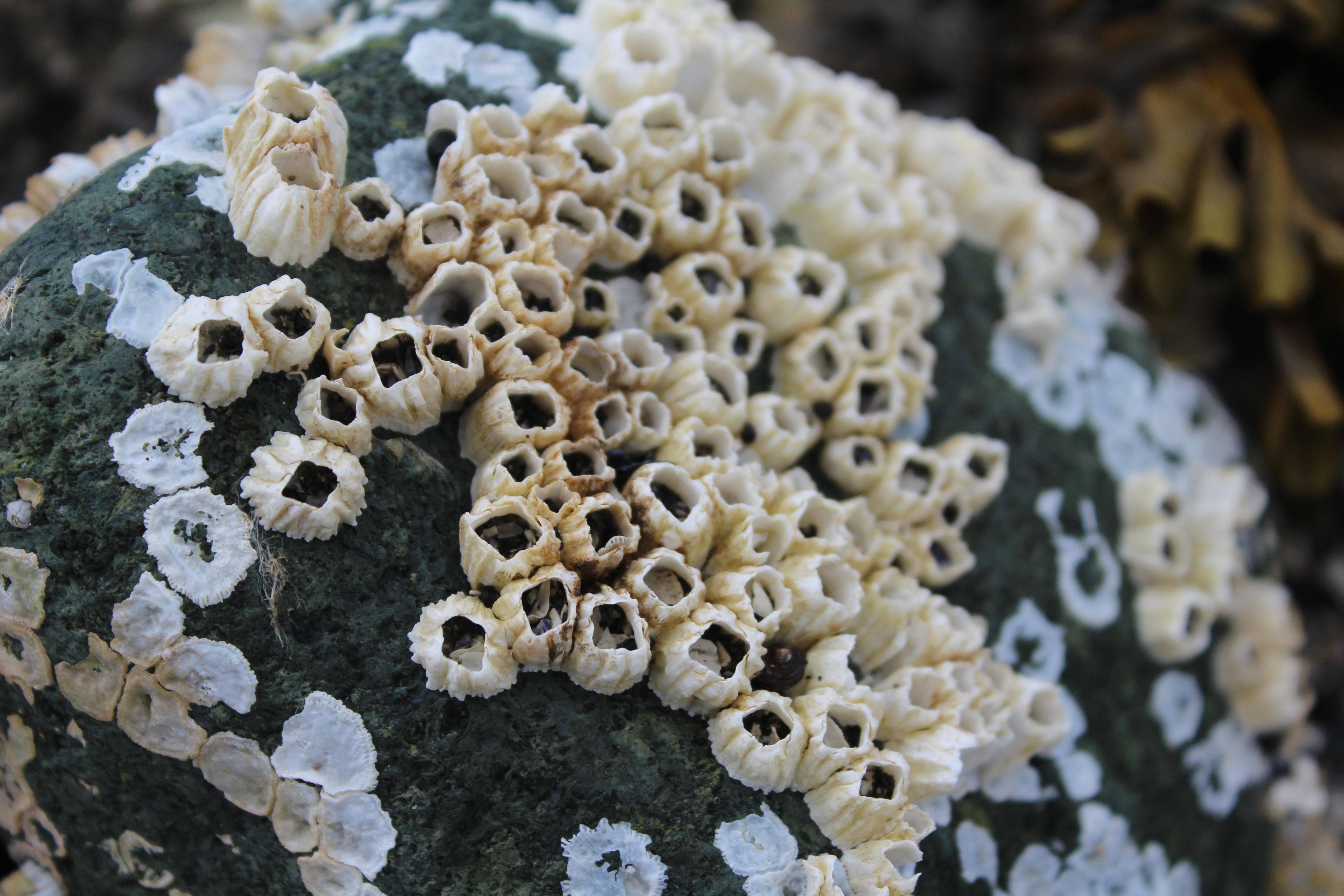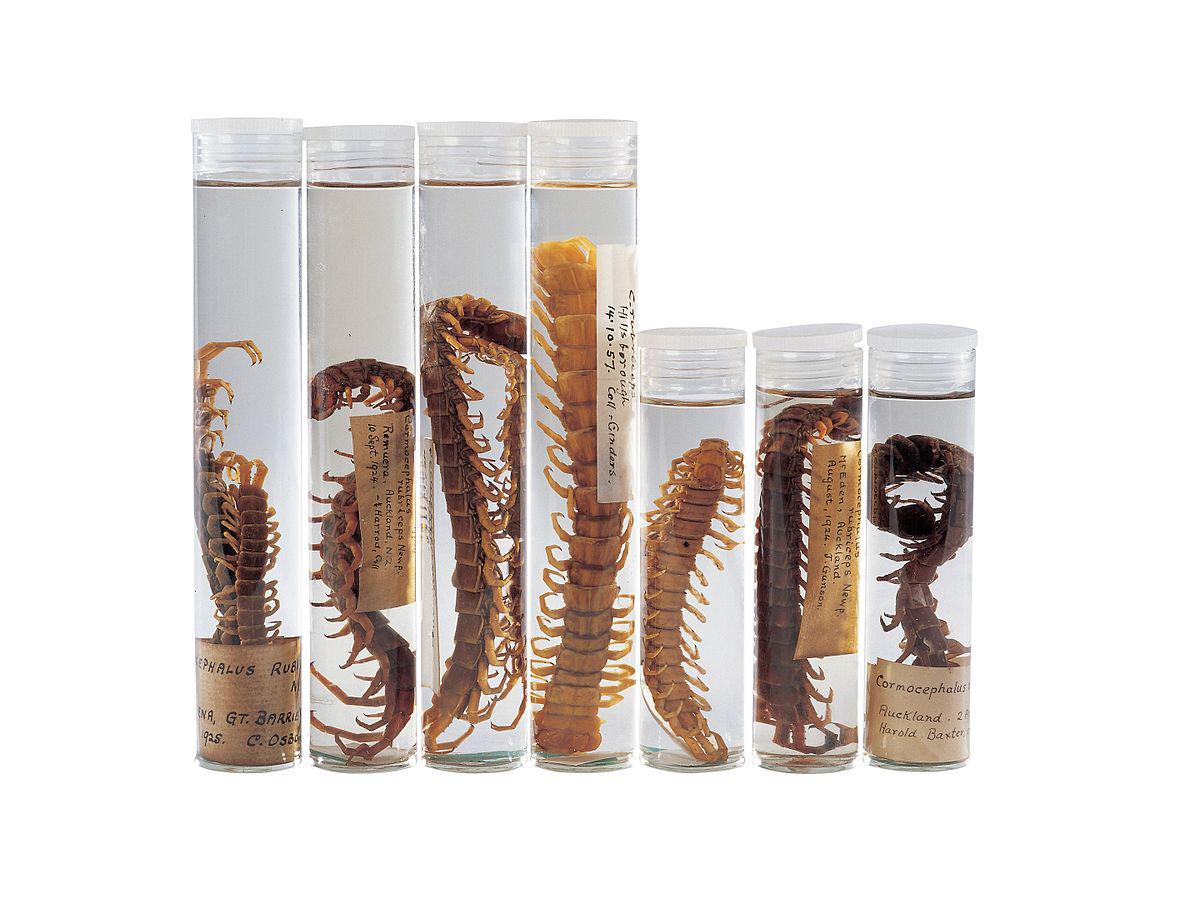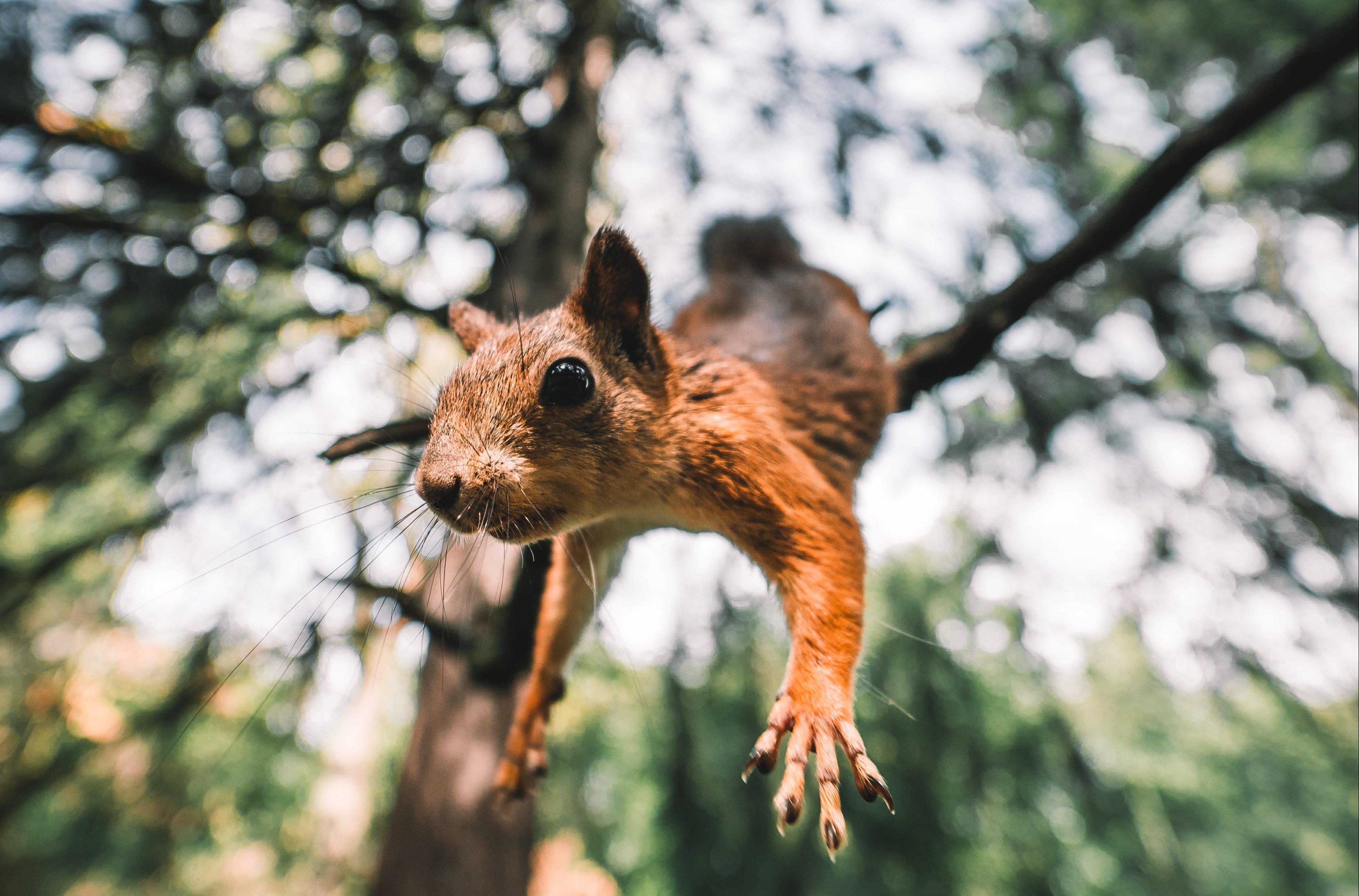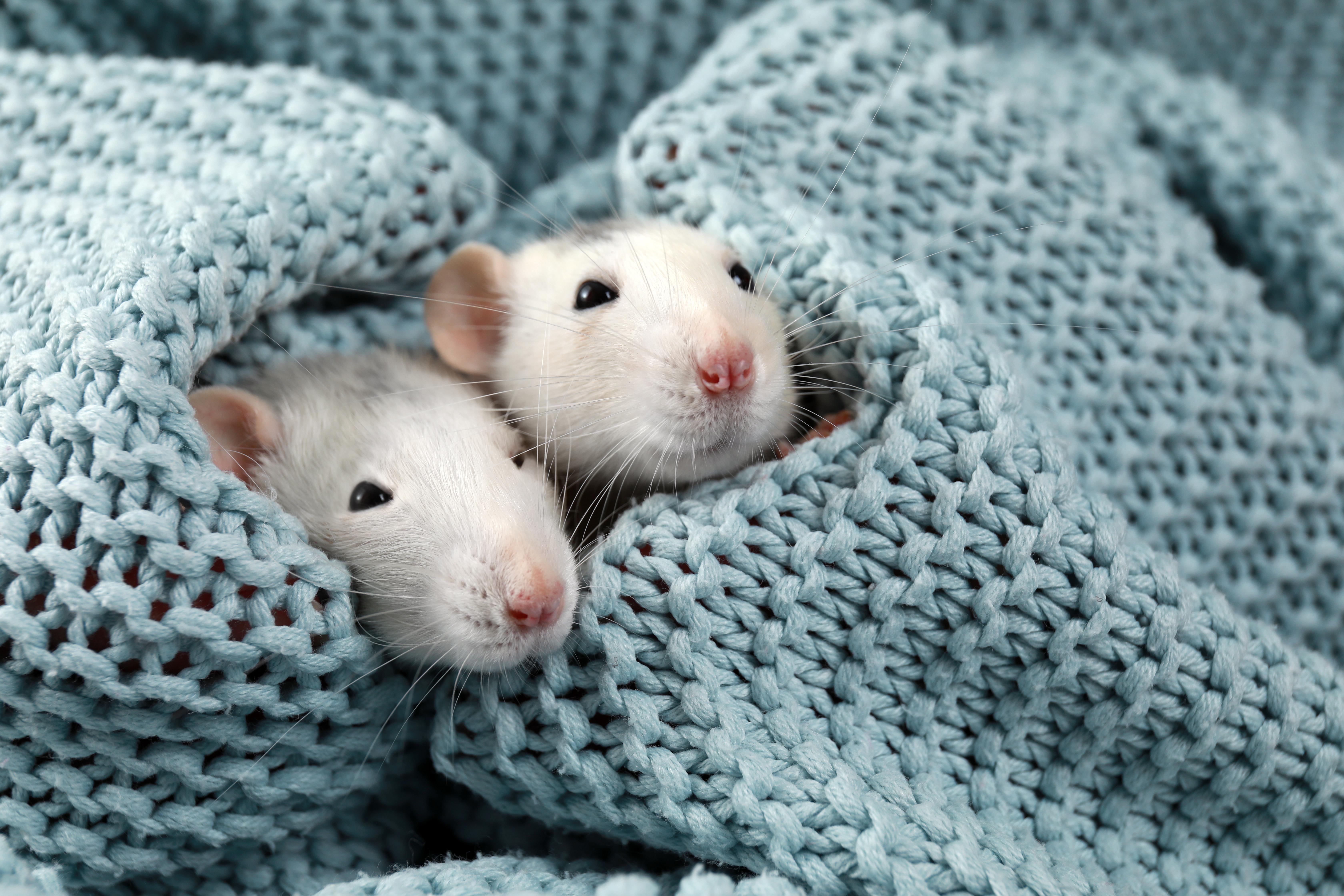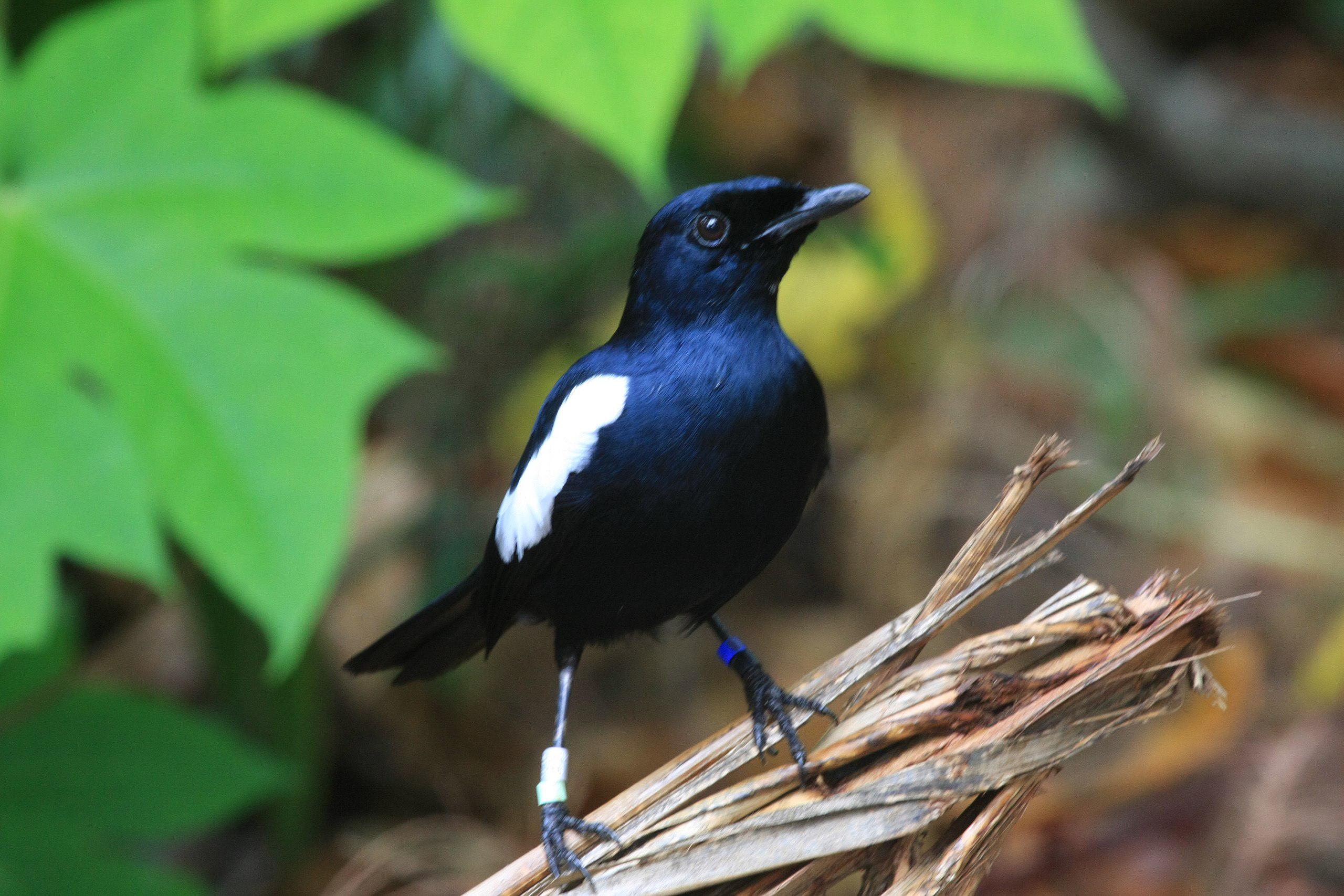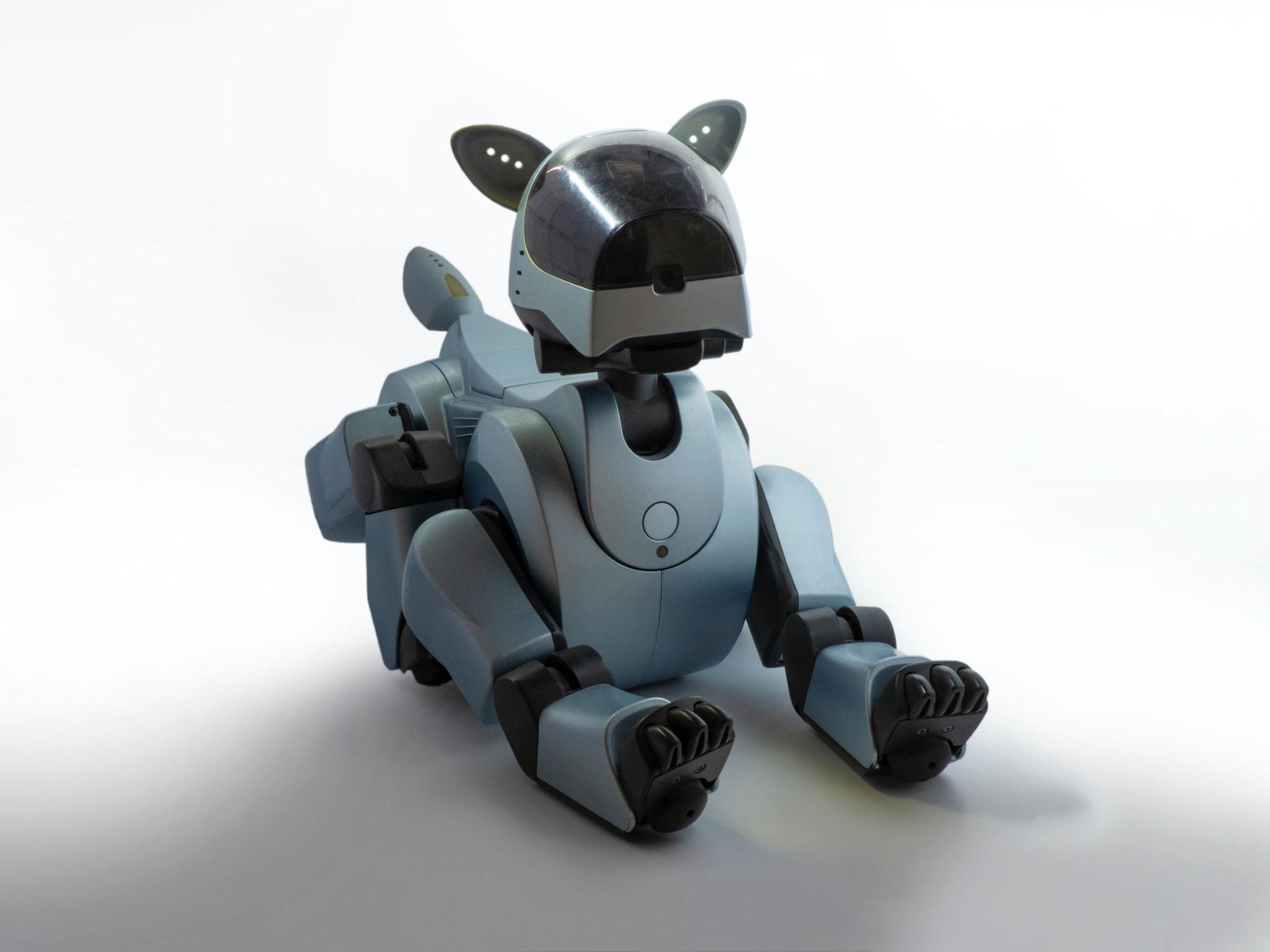animals
Missing link? More like the weakest link.
Despite the wide diversity of spider species, most orb-weavers seem to follow the same playbook when building their webs.
Social conflicts can leave molecular marks on animals, according to recent research on the ant species Harpegnathos saltator.
Virgin birth – which involves the development of an unfertilised egg – has preoccupied humans for aeons. And although it can’t happen in mammals, it does seem to be possible in […]
Although many dinosaurs never left the ground, they still possessed the basic structural framework for flight.
A 12-year study shows that these large lemurs have a sophisticated sense of rhythm.
The list includes eleven species of birds, eight species of freshwater mussels, two fish, a bat, and a plant from the mint family.
A recent discovery pushes back the date on when dinosaurs first engaged in social behavior.
Linguistic laws are remarkably versatile and have applications in ecology, microbiology, epidemiology, demographics, and geography.
Long assumed to be a devoted vegetarian, ancient sloths were fine with some meat.
The microscopic tardigrades are an elusive species. Fossils are rare, but each new find adds a piece to their unsolved evolutionary puzzle.
From forecasting stock prices to diagnosing disease, Swarm AI enables better group decisions.
A new study suggests that hunting dogs’ barks convey emotional information about the animals they see.
Often called modern-day dinosaurs, cassowaries are one of only a few birds known to have killed humans.
A female boar’s intelligence, resolve, and empathy stun researchers.
These animals to grow scalpel-sharp and precisely shaped tools that are resistant to breaking.
Yet another ocean monster has been discovered.
When you unintentionally step on a dog’s tail, does it know that it was an accident?
A recent study sheds light on the evolutionary history of rhinoceroses and their remarkably low levels of genetic diversity.
It walked enough miles to nearly circle the Earth twice.
MIT researchers design glue that mimics the sticky substance barnacles use to cling to rocks.
These enormous centipedes are straight out of science fiction.
A genetic study of British Columbia grizzly bears finds a weird link to local human languages.
While a squirrel’s life may look simple to human observers – climb, eat, sleep, repeat – it involves finely tuned cognitive skills.
A new tuna robot leads the way to more agile underwater robots and drones.
It is difficult to save a species that does not seem to care about saving itself.
Cancer cells seem to have a harder time growing among pair-bonded mice, according to a new study that explored the “widowhood effect.”
Three cutting-edge techniques – the gene-editing tool CRISPR, fluorescent proteins and optogenetics – were all inspired by nature.
The Seychelles magpie-robin is up for sale – yes, for sale – as a digital nature collectible.
Meet MIT’s Kate Darling, a robot ethicist who says that we should rethink our relationship with robots.
